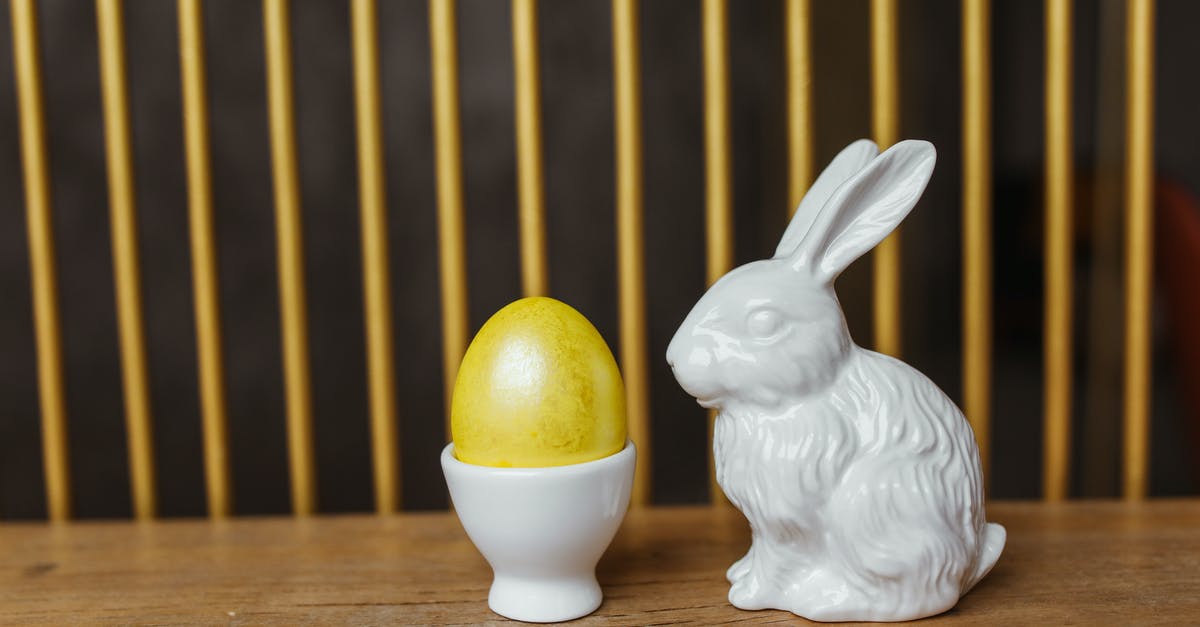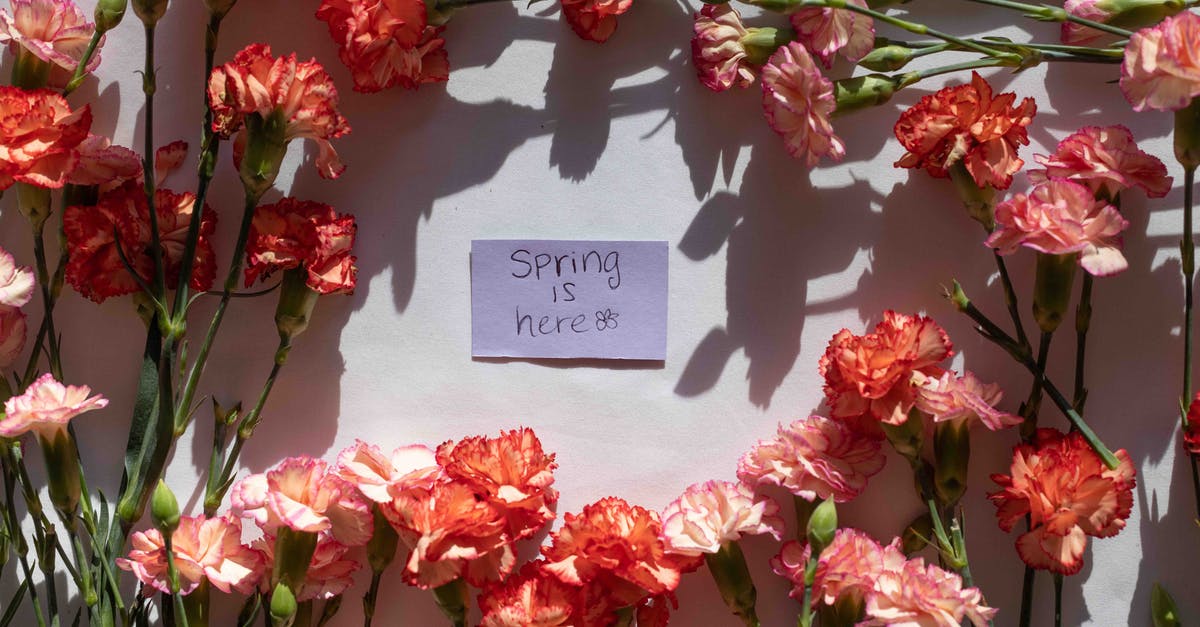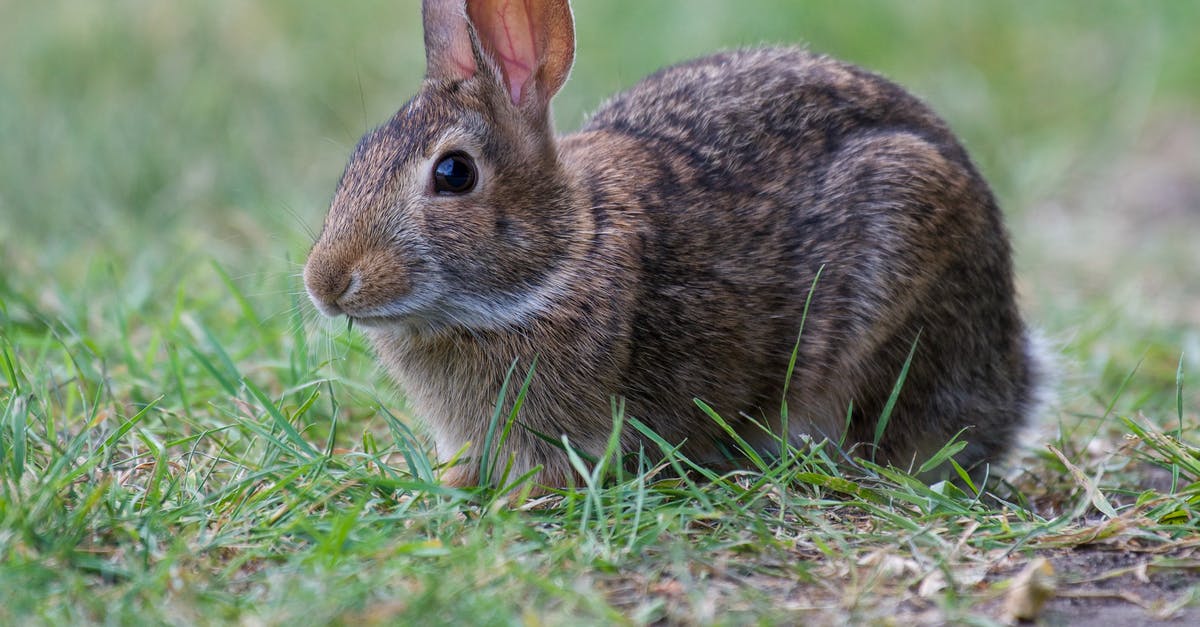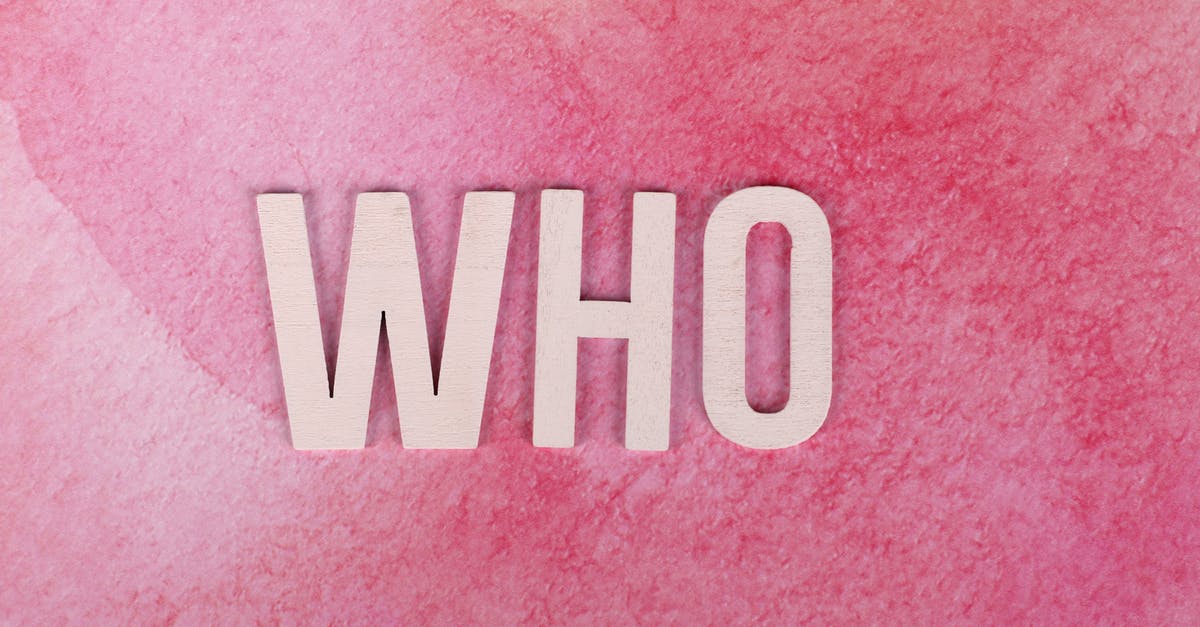Who Framed Roger Rabbit Allegory?

Is the hypothesis of Who Framed Roger Rabbit really being about Eddie's alcoholism (or some kind of psychological dissociation - perhaps via trauma from the death of his brother) tenable?
I tried, and made some progress by not taking certain lines literally - and especially by framing many (or all) animation scenes as hallucinations. Are there any other hints from the movie or external sources to support this?
Gary K. Wolf would be a good source of insight - there may be stronger clues in his book than in the resulting film.
There is a somewhat related article here.
Some ideas on this question are:
- The first we see inside Toon Town (as Eddie enters through the tunnel) is just as he destroys his whiskey and thus "quits" - he will be suffering withdrawals and a symptom of this is hallucination.
- The end scene is "happy" and surrounded by toons in Toon Town (but in a "real" building) - this may in fact be the dissociation being "complete". Doom was his last barrier to total breakdown.
- A cop says to Eddie, "Didn't you used to be Eddie Valiant"... this could interpreted in a personality splitting way (does anyone recall glass or mirrors breaking anywhere?).
Best Answer
If you want, you can make almost anything into an allegory to fit whatever your slant or agenda might be. "Who framed Roger Rabbit?" is no different. Here are a couple examples, showing widely different interpretations:
Holocaust - The film appears to be set in the 1940's time frame, Judge Doom is equated to Hitler, robbing the "Acme Bank House" (Toon wealth) to fund his scheme is equated to robbing the Jews of valuable possessions, Italian stereotyped weasel henchmen represent Italy. And of course, the "DIP" equates to the extermination. It's a pretty well written correlation found on Metaphilm.
Urban Planning - The film is regarded as an allegory for the General Motors streetcar scandal in the 1936 to 1950 era, where GM created a specific unit to replace electric streetcars with motorcars. This is reinforced at the bottom of the wiki entry for "Who Framed Roger Rabbit" using references such as Judge Doom's company being called "Cloverleaf" industries, which is also a common reference to a freeway on/off ramp configuration. The transportation research board even did a presentation titled for the movie on the subject at their 1999 meeting, as referenced on wiki and this blog post.
I've seen this in literary interpretations as well, that many works can be interpreted in multiple ways, depending on the viewpoint of the reader/viewer. So yes, it probably can be interpreted as an allegory for alcoholism and recovery, but that may not necessarily be the intended purpose of the film originally.
Pictures about "Who Framed Roger Rabbit Allegory?"



The Roger Rabbit Theory - Actually About Racism? | Channel Frederator
More answers regarding who Framed Roger Rabbit Allegory?
Answer 2
Okay, I just watched the entire film and took notes. I have not read any of the book written by Gary K. Wolf, so I cannot comment in that area.
There are a few interpretations that could be made regarding a link between alcoholism and Eddie Valiant in the movie.
- The toons are all a figment of Eddie's imagination
This theory postulates that everytime Eddie sees the toons it's due to alcohol abuse. Towards the start of the film when he sees them, he's obviously been drinking. He obviously spends a lot of the time at the bar with Dolores, so is no stranger to drink. He's aggressive and has a short temper (as can be seen by his anger when wound up by the man at the bar).
When he first sees Jessica Rabbit he is drinking again. He continues to do so until he is about to venture into toon land (when it could be hypothesised that he has completely lost it and succumbed to the drink).
However, there's a few obvious flaws in this idea. Firstly, hundreds of other people in the movie see the toons. We see two different bars filled with people admiring toons, we see a film studio dedicated to the toons, we see police officers discussing toons, we see humans reacting to Benny the car driving around - so it's clear others can see them.
Now, this flaw could be countered by a simple line of reasoning. Eddie has drunk so much that he is effectively no longer capable of rational thought. Therefore, everything he sees and does in the film is a lie. He has succumbed to alcohol after his brother's death and could be lying in his own apartment dead hallucinating the whole film. At times he teeters between insanity (the scene with Roger in the bar and Judge Doom, the scenes with Jessica) and reality (the scenes with Dolores). Finally, when he travels to Toon Town, he gives completely in to the insanity and lives the rest of his life trapped in a web of alcoholic lies.
It could also be argued this gives strength to the police officer's jibe at the original murder scene: "Didn't you used to be Eddie Valiant?" - suggesting a split personality.
Verdict: A load of nonsense! You really could watch any movie and apply this scenario to it. This reminds me totally of the famous Rugrats Explanation. A total non starter for me.
- Jessica Rabbit symbolises the alcohol and Eddie's journey to get past it
When the movie starts, Eddie is bitter, cynical and serious. He gets distracted by alcohol in every conversation and takes shot after shot. He gets furious at a fellow customer for suggesting he's working for toons.
When he arrives at the Acme Club, everyone else is laughing. He is completely stoic about what he is seeing. The violence of Daffy and Donald Duck appear to shock him, whilst everyone else finds them hilarious. Interestingly, he appears friendly towards Betty, the black and white character, suggesting he is out of place/out of touch with the times.
When Jessica comes out though, he is captivated - as if she symbolises all his lust for alcohol and all the urges to go with them. He goes to spy on her and gets thrown out (almost like a drunk desperate for another drink, pushing his luck too far and getting thrown out).
He spies on her and reports back his findings to Roger Rabbit. Clearly he doesn't love her, he's simply fascinated by her at this point. As if he is "casually" getting into her (with her symbolising his alcoholic lust).
After this, Roger is given "toon alcohol" and appears to go a bit mad. Perhaps this scene is symbolic of the overwhelming affects of alcohol on the body (juxtaposed right after the overwhelming effect of Jessica on Eddie).
He goes to the crime scene next and is disgusted by the similarity of the death to his brothers. He is then insulted by a police officer. In his anger he is struggling. He desperately wants a fix. Along comes Jessica Rabbit (only to slap him). Perhaps symbolic of his desire for a drink, but his body's refusal to accept the alcohol as he has more important things to do?
After he finally, truly accepts to help Roger (after learning someone is after Acme's will) Jessica visits him in his office. She is flirtatious to him, hairy back and all. It's not her fault. She's "not bad, drawn that way". Perhaps symbolic of him too? He's not a bad guy. Life dealt him a horrible hand and now he's had to turn to alcohol to survive. Despite all his flaws and difficulties, she shows interest in him. He's still snappy to her, but can't resist her. Almost like the urge of an alcoholic to drink - hateful, but addicted.
Dolores comes in and he's snapped right back to reality though...
Roger claims laughter is the only weapon we have. Jessica appears to like this too. Judge Doom despises laughter. Perhaps laughter is what is needed to win Jessica (i.e. win the drink/move past it/get over it). He and Roger escape the bar and with the laughter scene fresh in his mind, travel with Benny. The whole chase is wild and wacky. But once it's over, Dolores comes in and he's back to reality. It seems much more sober and haunting, but it's real - unlike Jessica (symbolising his fruitless desire for more alcohol).
When he suspects Jessica has killed, he makes the decision to follow her to Toon Town - where it all started for him. No matter what negative things happen in Toon Town, he always seems right on her tail. Like he can't escape her, or her him.
When they are united and he realises she's good (like an alcoholic getting that first sip and rekindling their love), she tells him she loves Roger because she makes him laugh. Suddenly, Eddie saves the day with laughter and wisecracks (e.g. "nice booby trap" and killing all the weasels). She is petrified of the dip (more so than any other character) and he saves her - with laughter.
Yet Roger gets the credit. But it doesn't matter any more. He's found the laughter, the hidden elixir - and it's enabled him to move past his addiction and come back to reality. He leaves with Dolores and lives happily ever after.
Verdict: Nonsense! I twisted so many things to come up with this hair-brained idea. Honestly!
Alternative Interpretation: Racial Subtext
This has nothing to do with alcohol whatsoever. But there are quite a few racial interpretations of the story, e.g.:
- http://www.tor.com/blogs/2013/06/the-world-of-who-framed-roger-rabbit-is-seriously-messed-up
- http://www.alfredsullivan.com/movie008.html
- http://www.epinions.com/review/mvie_mu-1023594/content_25797365380?sb=1
The logic is along the lines that the toons represent subservient creatures, living in a segregated area and effectively made to do the humans bidding - similar to black people living in America under oppression until the Civil Rights Movement.
I'll not focus any more on it, as it doesn't answer your question, but it's worth bearing in mind, as those interpretations are far more plausible than the alcoholism argument.
Final Thoughts:
It is possible to interpret any story to mean anything you want, as meaning is largely in the eye of the beholder. I could argue that the entire movie symbolises the horrendous movement towards a modernised world (with quips about the freeway being built and the like). Instead, the movie represents the good, i.e. a time full of laughter and simple humour.
I could argue a ton of other things too, but ultimately, I think the most important thing is to ask what is realistic and perhaps even more crucially, what did the film makers intend. In a film like Inception, there are all sorts of interpretations that were deliberately left in the movie. In Who Framed Roger Rabbit?, it certainly doesn't appear like the alcoholism allegory was ever intended. It was simply a plot device used to demonstrate a man's breakdown following the death of his brother, his struggles with the drink and his eventual rebirth as he gets rid of the drink, "forgives" the toons and lives a happy life.
That's all the meaning I take out of this fun film and as a final note I would say it means whatever you want it to mean - but I reckon the alcohol allegory is a bit of a stretch!
Sources: Stack Exchange - This article follows the attribution requirements of Stack Exchange and is licensed under CC BY-SA 3.0.
Images: Polina Tankilevitch, Jill Burrow, Andrew Patrick, Ann H
